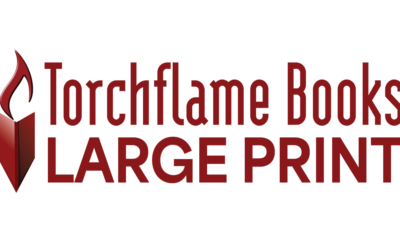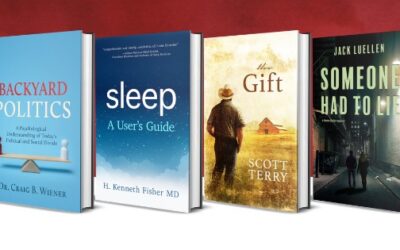 By Jori Hanna
By Jori Hanna
No matter what kind of writing you do, the first step in the process of sharing your work with the world is identifying your target audience.
Your target audience will help you determine your tone, your word choice, your style, what rhythm or flow you follow, your topic, and presentation.
Tone, Word Choice, and Style
As an extreme example, you would write differently for a four-year-old than a forty-year-old. For the four-year-old reader, you’re more likely to use smaller words that are easier to understand, along with a more up-beat and fun tone. For the forty-year-old reader, you’ll likely use longer sentences and more complex language.
If you’re writing something for the media, you’ll want to use more straightforward language that details the newsworthy aspects of the story. Depending on your location, your local newspaper may not be so impressed by “Local Author Publishes Book.” However, “Author and Activist Runs Coat and Book Drive for Local Kids in Need” will have a more impact both in the community and for the paper. Pairing your outreach programs in such a way creates news and buzz around your author career while also impacting your community in a positive way. You’ll have better success in landing this coverage, as well, when it’s a story reporters will want to follow up on.
On the other hand, if you’re creating a blog post for your personal website, your tone and style can be just as vibrant and fun or as professional and crisp as you are. Your audience for your blog will be coming to you because they like you and your style already. But if you choose to reach out and write for a different publication, it will better your chances to follow their style and keep their audience in mind as you write your piece.
Rhythm and Flow
Certain writing mediums have expected structures. When you open a blog, you can expect to find shorter paragraphs and lighter language. If you open a newspaper, you’ll expect to find the important facts up front, and expansions, expert quotes, and further details later in the article.
The same goes for fiction. You expect a literary novel to feel a certain way and leave you with certain emotions. You expect a mystery to follow a certain rhythm of “crime, gathering clues, danger for the sleuth, resolution.” You expect a romance to be full of reasons the couple can’t get together—up until the moment they do. You expect a self-help book to give you actionable advice and ways to apply what you just learned to your own life. This is because the readers of all those genres have grown to expect certain elements, and therefore have impacted what makes up those genres. But if you write a mystery like a literary novel, you may end up with confused readers. This is called genre blending and can be very difficult to do well.
Topic and Presentation
As you nail down your audience, they will make your job easier for you. Certain audiences are interested in certain things. As you decide what you’d like to write about, choosing one of the topics that will resonate most with your audience will raise your chances of success. This works in two ways: first, your current audience will be looking for this type of content. They’ll be happy that you gave it to them and may be likely to share it within their circle of influence. Second, people may discover you because you’re writing about their interests. They’ll search for the topic and find you as an expert. That creates organic traffic toward you as a content creator.
Your target audience will determine how you write what you write, no matter if you’re writing books, articles, blog posts, social media copy, or advertising copy. Writing toward your target audience ensures your content falls within the right structure, topics, and tone to resonate well with your readers.
But how do you find your target audience? How do you figure out who to write for?
Asking yourself a few key questions can get you started in the right direction:
Who is most likely to read this?
- Am I winning over an audience or an editor?
- Is this niche or wide distribution?
Who is most likely to be interested in reading this?
- Examine the broad groups of people that will be most interested in this content. What can you infer about them?
- What is their experience level with the subject? (Never heard of it before, familiar but learning, looking for the next level, they should probably be writing this instead of me.)
- What drives their interest? Are they learning? Are they looking for practical application? Are they seeking entertainment?
- How are they most likely to find your work? What can you do to make it easier for them to discover you?
Now you can ask all the other questions if you don’t already have these answers:
- What is their gender?
- What is their age?
- What do they do with their spare time?
- What do you have in common with them?
Finding your target audience is a vital step to marketing your writing well. Much like creating a personal brand, it should impact every piece you write to make it better suited for success.


